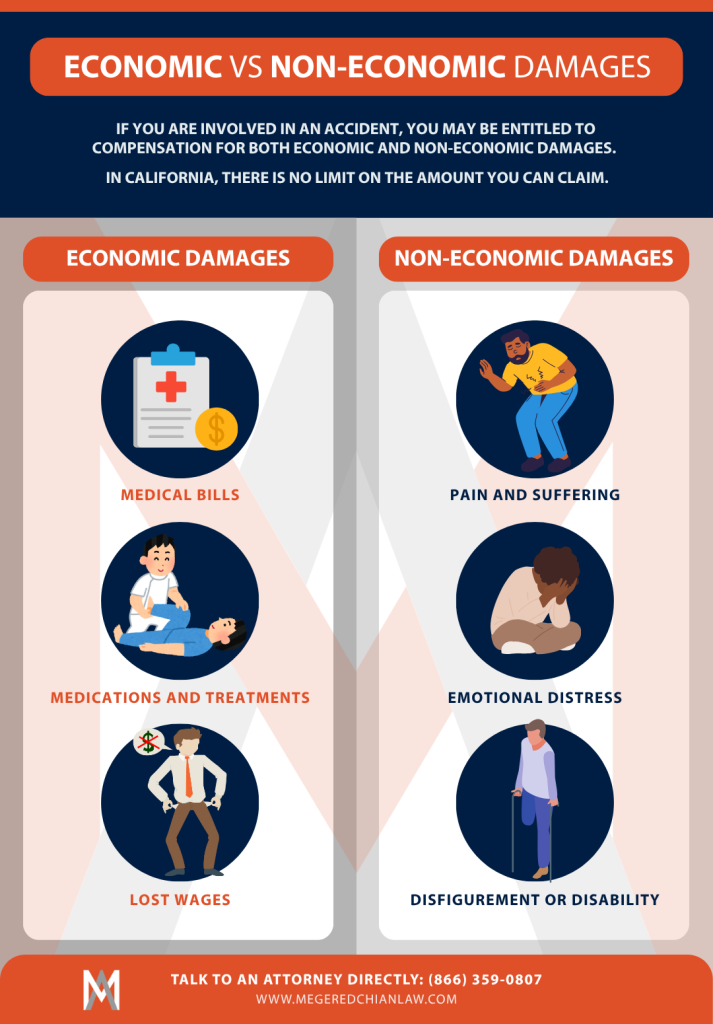In California, bicycle accidents remain a frequent safety issue, with about 9,500 reported bicycle crashes with injury or death in 2024. While data for 2024 bicyclist fatalities is not yet fully finalized, 2023 saw a substantial decrease in deaths — from 183 fatalities in 2022 to 145 in 2023.
Despite that decline, the number of crashes remains high and suggests that many incidents involve serious injuries. The yearly crash average between 2020 and 2024 is about 9,200-9,300 accidents per year. Most fatalities occur in urban areas, and statistical reports indicate ongoing risks especially where vehicle traffic is dense.
How Common are Bicycle Accidents in California?
Bicycle accidents remain a serious safety concern in California, with thousands of cyclists injured or killed each year. In 2024, preliminary state records show roughly 9,700 reported crashes involving injury or death across California. While the total number of collisions has been trending slightly downward in recent years, fatal crashes remain a persistent issue. In 2023, 145 bicyclists lost their lives statewide — down from 183 in 2022 — making California one of the states with the highest cyclist fatality rates in the nation.
Urban areas continue to see the most severe impacts. For example, Los Angeles alone reported 15 bicyclist deaths by August 2024. The rise of e-bikes has also contributed to new accident patterns, particularly among younger riders, with emergency rooms reporting an increase in pediatric e-bike injuries. Most fatal bicycle crashes occur on busy city streets during late afternoon or evening hours, when traffic is heavier.
Key contributing factors in serious or fatal bicycle crashes include drivers making improper turns, speeding, or violating right-of-way laws. Cyclist errors, such as riding against traffic or failing to comply with traffic signals, also play a role. Despite statewide safety campaigns and expanding bike infrastructure, California cyclists remain among the most vulnerable road users, underscoring the importance of legal protections and strong advocacy after a crash.
What are the Most Common Causes of Bicycle Accidents?
Distracted Driving – Drivers using phones, GPS devices, or other distractions often fail to see cyclists until it’s too late.
Failure to Yield – Many crashes happen at intersections or crosswalks when motorists ignore a cyclist’s right-of-way.
Dooring Accidents – A common urban hazard where a parked driver or passenger opens a car door into the path of a rider.
Speeding – High speeds reduce reaction time, increasing the likelihood of severe or fatal collisions with cyclists.
Unsafe Lane Changes – Motorists merging or turning without checking blind spots can sideswipe or cut off cyclists.
Hazardous Road Conditions – Potholes, uneven pavement, and roadway debris can force cyclists into dangerous situations.
Low Visibility – Poor street lighting, lack of bike reflectors, or drivers’ failure to notice cyclists contributes to nighttime crashes.
What Percent of Bicycle Accidents Involve an Automobile?
In California, most serious and fatal bicycle accidents involve collisions with automobiles. Studies show that over 90% of fatal crashes happen when a cyclist is struck by a motor vehicle, underscoring how dangerous these encounters can be. In contrast, the percentage of all reported bicycle accidents that involve cars is lower, because many non-fatal crashes — such as falls, collisions with other bicycles, or crashes caused by roadway hazards — are either not reported to authorities or not included in statewide traffic databases.
This discrepancy explains why some reports place the number as low as 10–15% when considering all accidents, but a much higher percentage when focusing on fatalities. The reality is that cars are the leading factor in the most severe outcomes for cyclists. California law recognizes this risk by requiring drivers to give cyclists at least three feet of clearance when passing and by granting cyclists the same rights and responsibilities as other road users. For injured cyclists, this means that when an automobile is involved, legal claims often form the strongest path to compensation.
Where Do Most Bicycle Accidents Occur?
Bicycle accidents in California are most common in urban areas, particularly in counties with dense traffic such as Los Angeles, San Diego, Orange, and Santa Clara. Los Angeles County consistently reports the highest number of crashes and fatalities due to its population size and heavy vehicle-cyclist interaction. These hotspots reflect both the high number of cyclists on the road and the risks posed by congested traffic.
More than half of all bicycle accidents take place at or near intersections, where drivers often fail to yield or misjudge a cyclist’s right-of-way. Fatal crashes, however, are disproportionately common at non-intersection locations, often when a cyclist is struck by a passing vehicle on a straight roadway. Roads without dedicated bike lanes account for a significant share of crashes, with state reports estimating that roughly one in three accidents occur on streets lacking cycling infrastructure.
Nighttime riding also presents heightened dangers. Limited visibility combined with driver inattention makes evening and late-night hours especially hazardous for cyclists. California law requires motorists to provide at least three feet of clearance when passing a bicycle and to share the road as they would with any other vehicle, but accident data shows that compliance is often lacking.
These patterns underline the importance of safe infrastructure, driver awareness, and legal accountability to reduce cyclist injuries and fatalities.
How Many People Die Every Year From Bicycle Accidents?
Sadly, bicycle accidents in California claim well over a hundred lives every year. According to the California Office of Traffic Safety, 145 cyclists were killed in 2023, down from 183 deaths in 2022. While final statewide data for 2024 is still being reviewed, preliminary reports suggest the number of fatalities remained in a similar range, showing only modest improvement.
These figures place California among the states with the highest cyclist death rates in the country. Most fatal crashes occur in urban counties such as Los Angeles, San Diego, and Orange, often on busy roads without bike lanes and during evening hours when visibility is poor. Despite bike-friendly infrastructure and laws requiring drivers to give cyclists at least three feet of clearance when passing, the risk of severe injury or death remains high for riders across the state.

 Call Us:
Call Us: 

